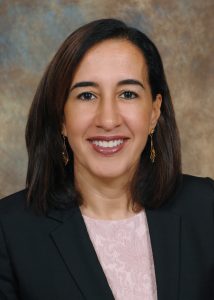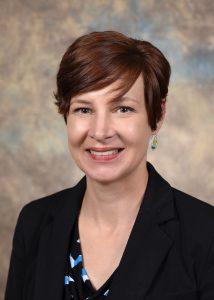Author: pricilagran

La gratitud de un inmigrante.
Cuando pregunté por la fecha limite para entregar esta mi segunda columna me informaron tambien que saldría publicada justo antes del dia de acción de gracias (Thanksgiving) Entonces, me parecio casi obligatorio dedicar este espacio a la gratitud, y su impacto en la salud mental.
A kilómetros de distancia de nuestro lugar de origen, los inmigrantes somos también un poco huérfanos. Migrar es también una tipo de orfandad. Y es solo atravesando ese miedo que acompaña la falta de referentes familiares al llegar a un país distinto que podemos entonces reconstruirnos y reinventarnos como ese huerfano con desesperación que busca un nuevo hogar. Hay quienes mueren (literamente) en el intento, otros que toman la decisión de ni siquiera intentarlo, y aquellos que deciden apostarlo todo en esa nueva tierra dejando atrás su historia. Es un viaje titánico imposible de transitar en solitario. Todos podemos nombrar a un familiar, un amigo, un trabajo, un colega, un vecino que nos tendio la mano o nos facilito el hilo a la hora de tejer nuestro nuevo nido. Por eso digo que no conozco a nadie mas agradecido en la vida que a un inmigrante. Y cuando escribo pienso en mi abuelo italiano que hasta el nombre se cambio para parecer mas venezolano.
No pretendo ni espero que todos nos comportemos con ese animo “rosadamente” positivo a diario, sobretodo considerando los dolores y las cicatrices que acompañan a la orfandad. Independientemente de cual haya sido la manera o la circunstancia en la que se emigró, cada uno de nosotros lleva consigo un duelo y una melancolia que nos es única e incomparable y que tiende a hacernos mas sensibles y conscientes de lo que nos falta o de lo que hemos perdido, haciendo difícil el poder conectarnos con todo aquello que vamos reinventado en nosotros mismos y a nuestro alrededor. Mi reflexión va por el lado de compartir lo que me va pareciendo son los dos elementos claves para vivir en gratitud. Primero, la posibilidad de conservar “pequeñas expectativas”, sin que eso signifique renunciar a nuestras ambiciones y segundo, la habilidad para vivir en el presente. Se refiere a vivir sin dar nada por sentado. Como un aprendiz o principiante que se asombra ante cualquier vestigio de progreso en la tarea que ejecuta y que no se atormenta por aquello que debe para el dia siguiente o la semana próxima. Es poder disfrutar de un dia cálido y soleado sin atormentarse porque mañana será frio y lluvioso. Es disfrutar de la visita de un familiar o de un amigo sin contar los días para la despedida.
Muchos estudios científicos afirman que vivir en gratitud es una estrategia robusta para combatir la depresion y la ansiedad. Se trata de prestar atención a cosas que podrían pasar por insignificantes o inútiles. No hace falta hacer una lista de mercado (a menos que para usted si tenga sentido). Basta con detenerse aunque sea una vez al dia a saborear un olor, un sabor, un gesto o una sonrisa inesperada como inesperado ha sido mi propio camino para llegar a ustedes.
Margot Brandi, MD
Medical Director, Sibcy House
Staff Psychiatrist
Lindner Center of HOPE



















